The fundamental classification of the Plastic Daily Necessities Mold relates to the method of molding. There are primarily two types: injection molds and blow molds. Injection molds are used to form solid parts by injecting molten plastic into a cavity, then cooling and ejecting the shaped product. Many daily items, such as kitchen utensils, storage containers, and utility boxes, are made this way. Blow molds are typically used to produce hollow objects such as bottles or jars. Both mold types fall under the broader category of the Plastic Daily Necessities Mold, but they are designed very differently due to the nature of the product being formed.

Another perspective in classifying the Plastic Daily Necessities Mold is by the number of cavities. Single-cavity molds are designed to produce one product at a time and are often used for precision or custom items. Multi-cavity molds, on the other hand, can produce several identical parts in a single cycle. In high-volume production environments, multi-cavity molds are commonly used for items such as small containers, caps, or packaging components. The selection between single or multi-cavity forms depends on production goals, budget, and output demand.
The structure of the Plastic Daily Necessities Mold also plays a role in its classification. Some molds are composed of a single set of core and cavity, while others feature complex slides, lifters, and inserts to allow for more detailed part geometries. For example, a household food container with locking clips and textured surfaces will require a more advanced mold structure. The presence of moving parts, multiple material zones, or internal features will categorize the mold as either a basic or complex type within the Plastic Daily Necessities Mold range.
The selection of mold material is another classification factor. Steel molds are generally used for high-volume production runs due to their durability and resistance to wear. Aluminum molds are lighter and more suitable for shorter production cycles or prototype testing. The type of mold material impacts the lifespan, cooling performance, and maintenance frequency. Within the category of Plastic Daily Necessities Mold, the mold base and cavity materials must be selected to suit the production environment and the properties of the plastic being used.
From a functional perspective, the Plastic Daily Necessities Mold can be categorized by the product's end-use. Molds designed for kitchen tools, bathroom accessories, food storage, or cleaning products will differ in size, finish, and safety requirements. For example, a mold for a child's cup will need to comply with safety standards and require smooth finishes with no sharp edges. Similarly, molds for food-grade containers must ensure cleanliness and resistance to material contamination.
Another important classification method for the Plastic Daily Necessities Mold is the cooling and ejection systems involved. Some molds feature advanced cooling channels to improve cycle time and ensure uniform product shrinkage. Others have specialized ejection mechanisms like air-assist or stripper plates to protect delicate parts during removal. The design of the cooling and ejection system contributes significantly to the mold's efficiency and is a key differentiator within the Plastic Daily Necessities Mold family.
Adaptability is another factor in classifying molds. Some Plastic Daily Necessities Mold designs allow for interchangeable inserts or modular adjustments, making it possible to manufacture several product variations using the same mold base. This flexibility supports frequent product changes and reduces tooling investment, especially useful for seasonal or trend-based items.
Finally, molds can be classified based on their intended automation level. High-volume operations often rely on Plastic Daily Necessities Mold systems integrated with robotic arms or conveyor systems for automated production. These molds are built with precise alignment features and cycle consistency. Manual molds, which are more common in low-volume settings, are simpler and rely on operator input for part removal and reset.

 English
English 中文简体
中文简体 русский
русский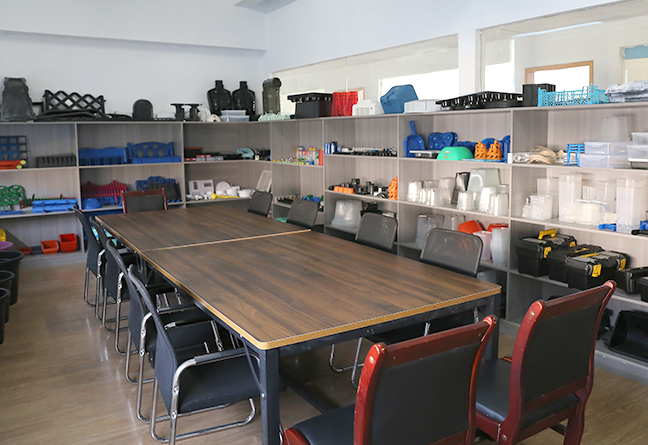

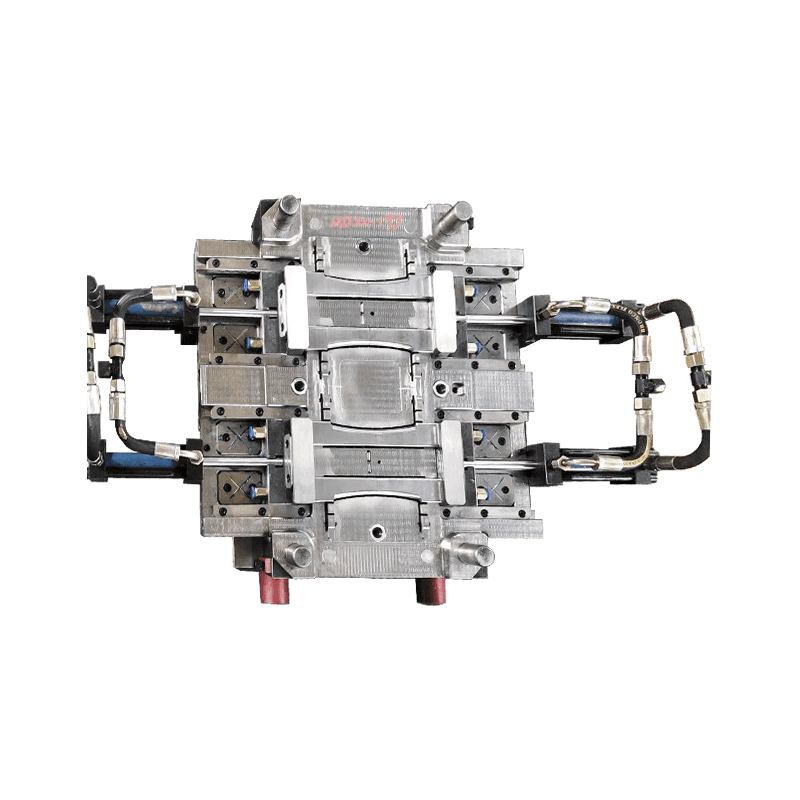
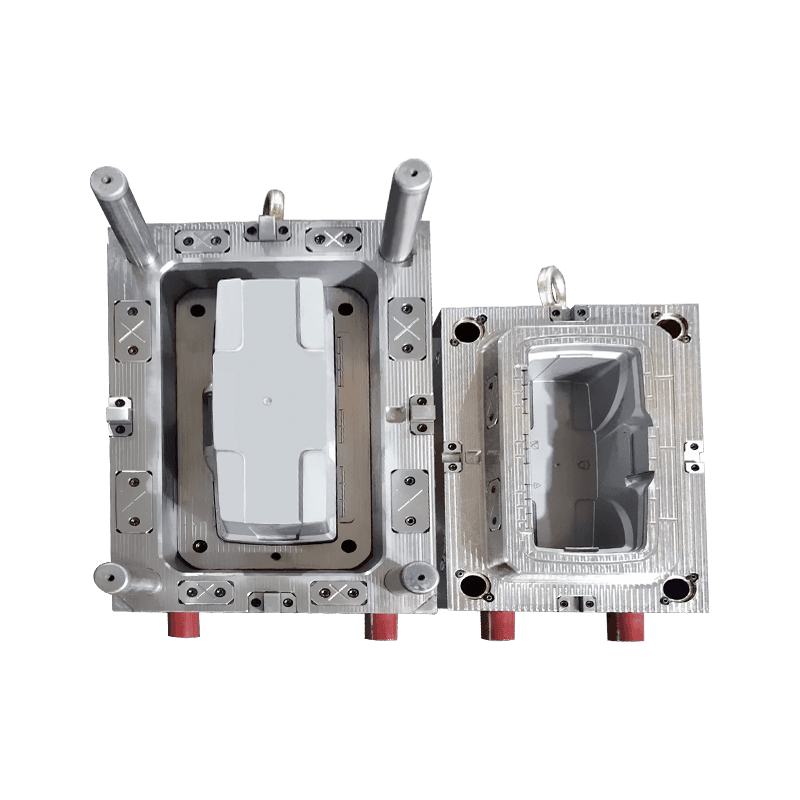
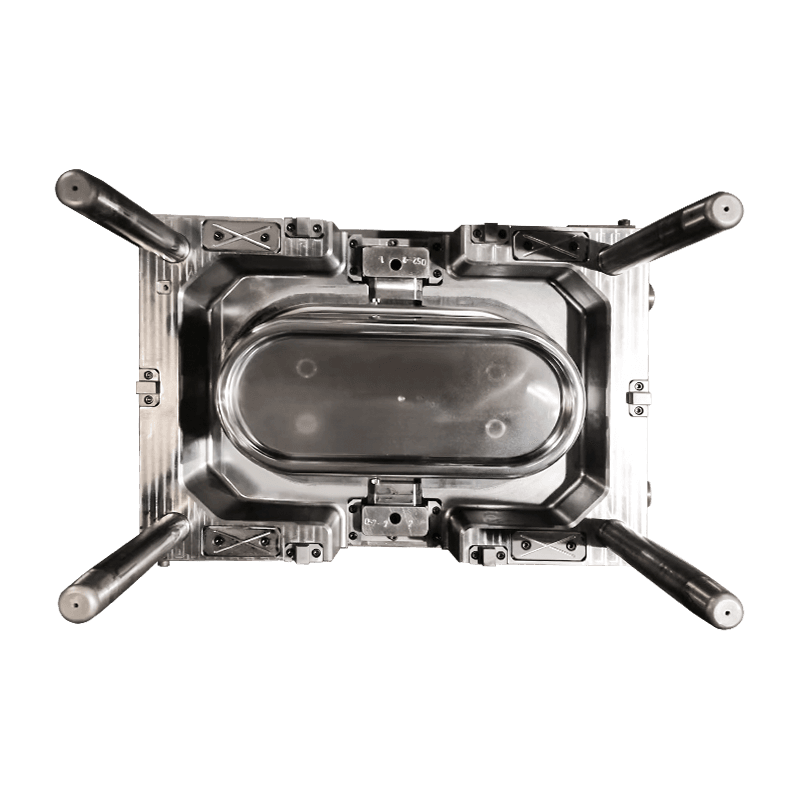
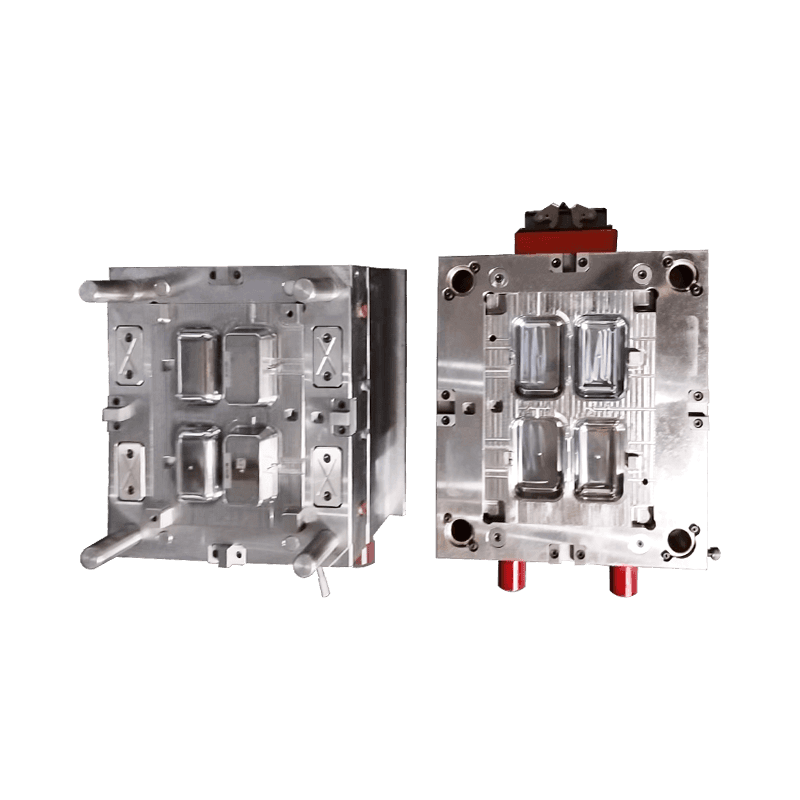
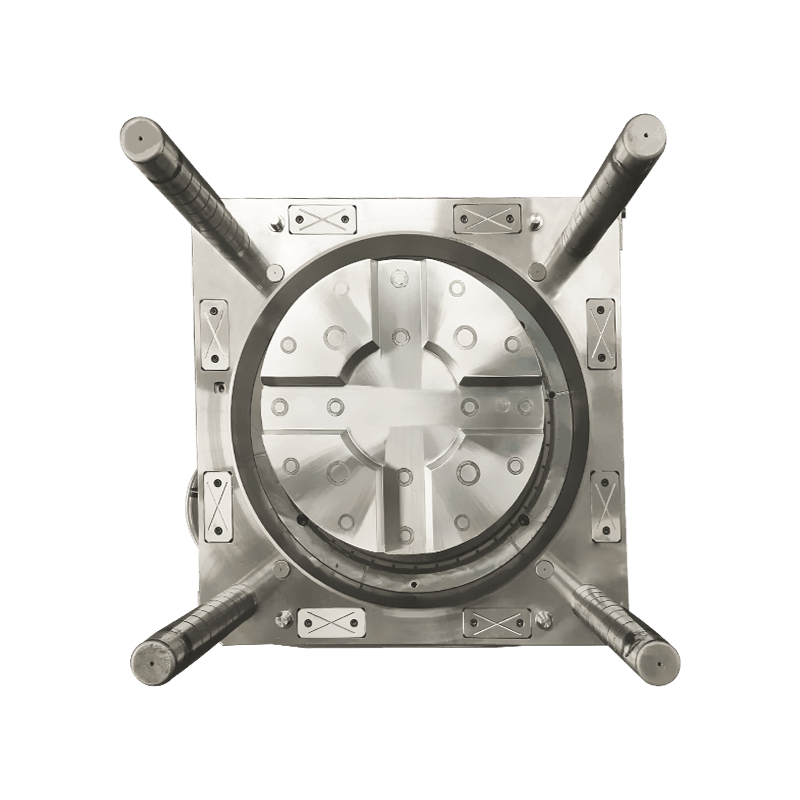
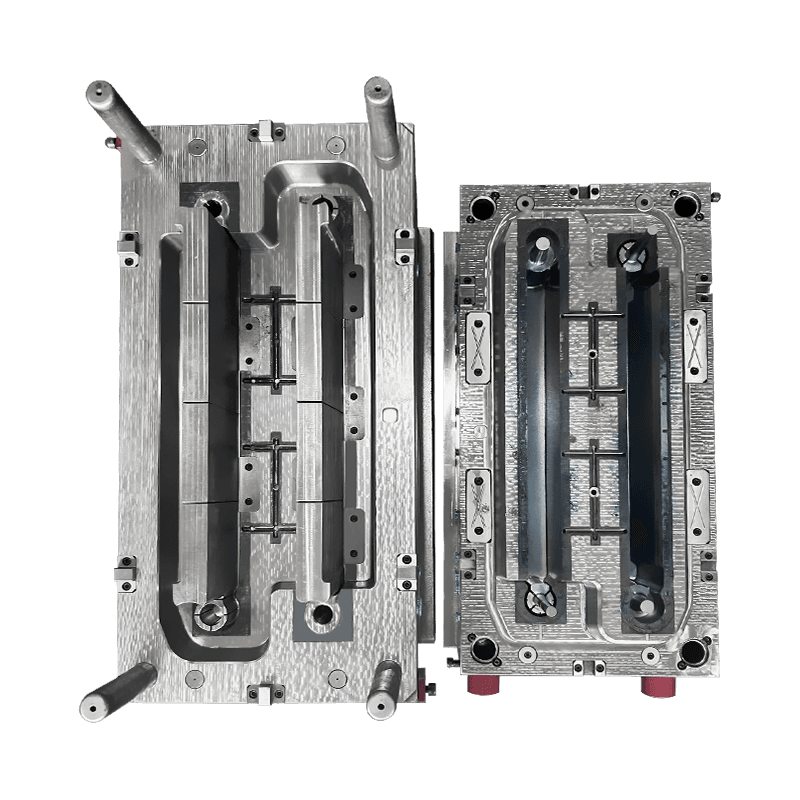
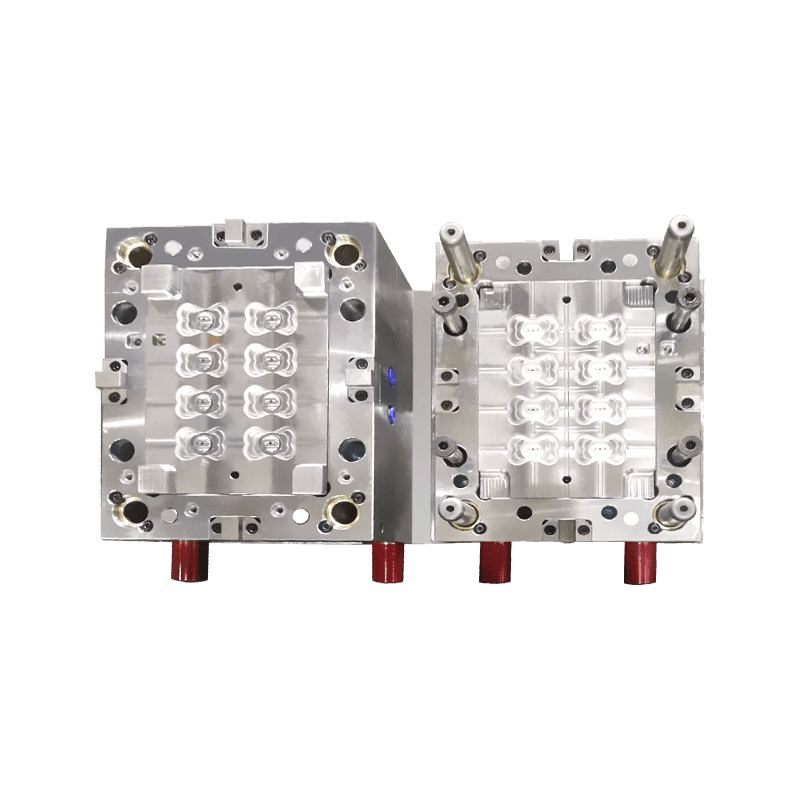
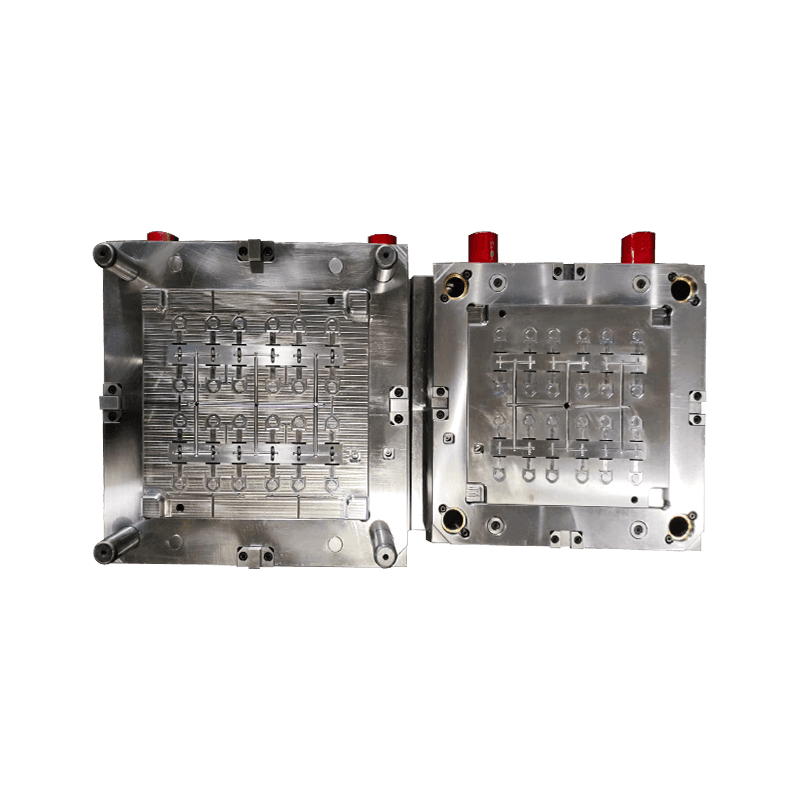

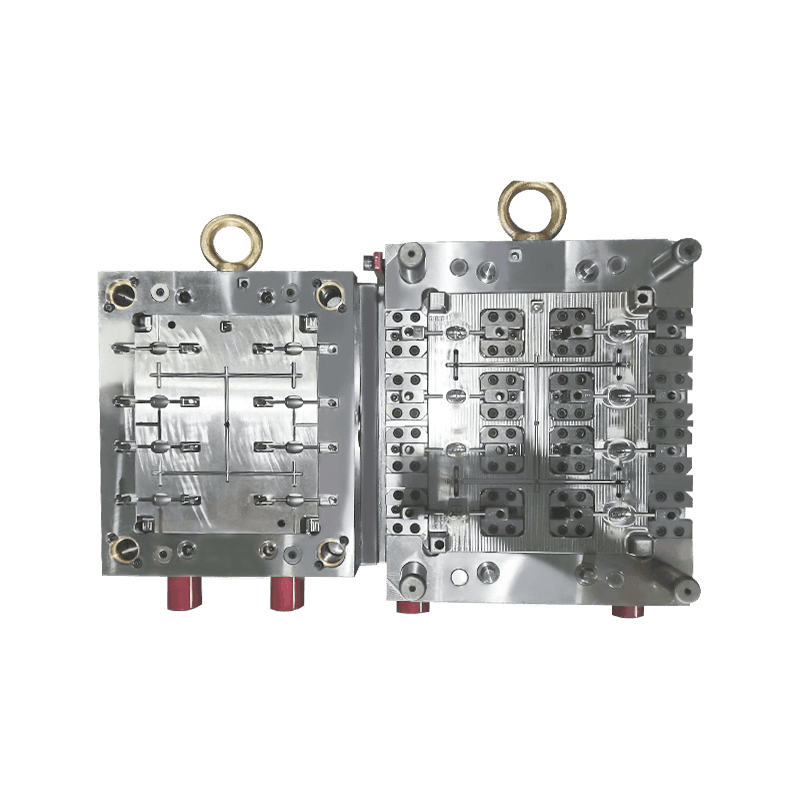
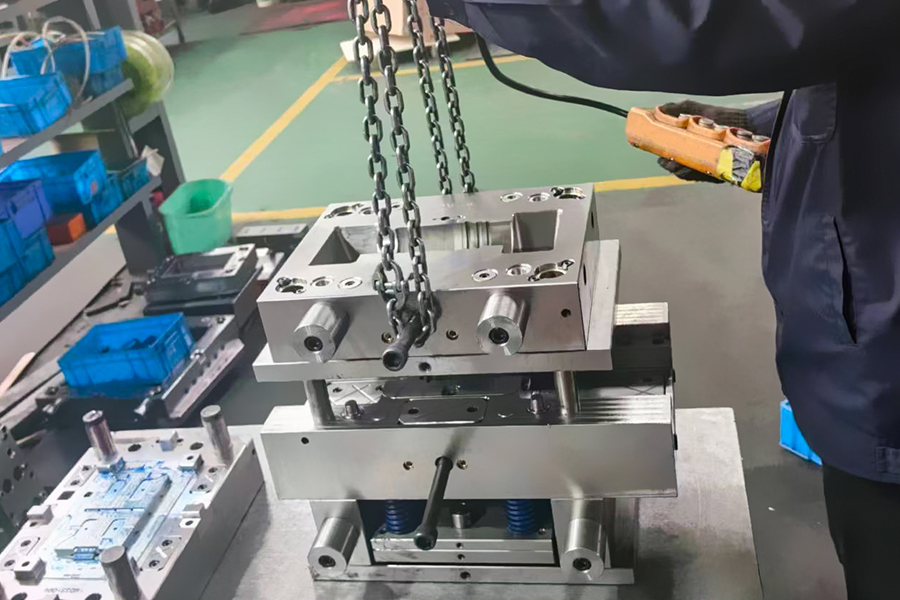

Contact Us